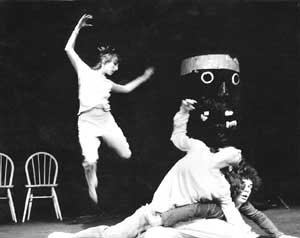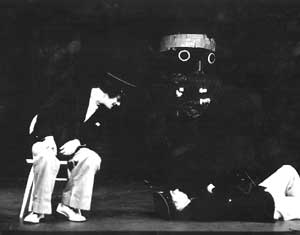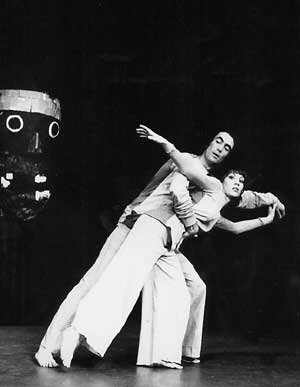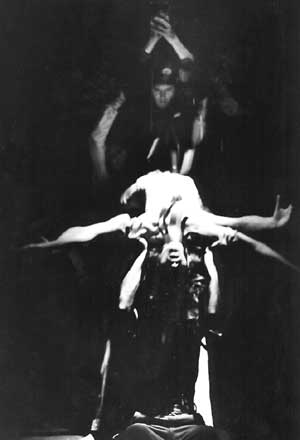In the Heart of the British MuseumIn the Heart of the British Museum was commissioned by Max Stafford-Clark to be performed at the 1971 Edinburgh Festival by his Traverse Workshop Company. This small company of young actors included dancers, singers and musician/composers and the script took full advantage of their talents. The text is quite simple, even naive in style, but the structure is complex, perhaps more like music than conventional drama. The description of the shield made by Vulcan for Mars in Scene 4 is actually a description of the whole play's structure and the idea of transformation or metamorphosis is central to it. Innovation and experimentalism in the arts were widespread at the time it was written. This was a very innovative play then and perhaps, thirty years later, it still is, though it also retains a strong flavour of its period. Jeremy Kingston in Punch: John Spurling's arresting play In the Heart of the British Museum, presented by the Traverse Theatre Workshop, contains three (at least) story-lines that proceed in parallel but link with one another at many points.... The production and performances bring about two emotions rare in the theatre: amazement and a wild surmise. Further press reaction to the Traverse Workshop Company's performance, first at the Traverse Theatre in Edinburgh, then a few months later at London's Cockpit Theatre: Cordelia Oliver, The Guardian
Irving Wardle, The Times "As in MacRune's Guevara, Mr Spurling is acknowledging that we live in a world full of contradictions and mysteries; and his work is an attempt to bring the sense of myth and history to shed some light on them... You are left with a network of fascinating cross-references; an intricately dissonant chord that reverberates like the atmospheric arpeggios that accompany the production. They do not lead to any single statement, but they hang in the air leaving you with memories of an ecstatic mating dance between the gods, or of a dead museum keeper being cast into the air as a handful of ashes." Harold Hobson, The Sunday Times "... both its technical and emotional interest lies in Mr Spurling's daring backing of two coolly told parallel stories of enforced exile (Ovid under Augustus and a Chinese intellectual under Mao Tse-tung) with the blaring music and bloodthirsty rites of Aztec Mexico... It is like an angry sun blazing down on sheets of ice." |

In the Heart of the British Museum: Linda Goddard, Amaryllis Garnett, Kevin Costello
|

In the Heart of the British Museum: Tony Rohr and David McNiven as Jarvis and Hemingway
|

Chinese Communists on ‘The Long March’: Amaryllis Garnett, Linda Goddard, Sabin Epstein
|

Two gods dancing: Sabin Epstein and Linda Goddard
|

The Aztec sacrifice: Tony Rohr and Kevin Costello
|